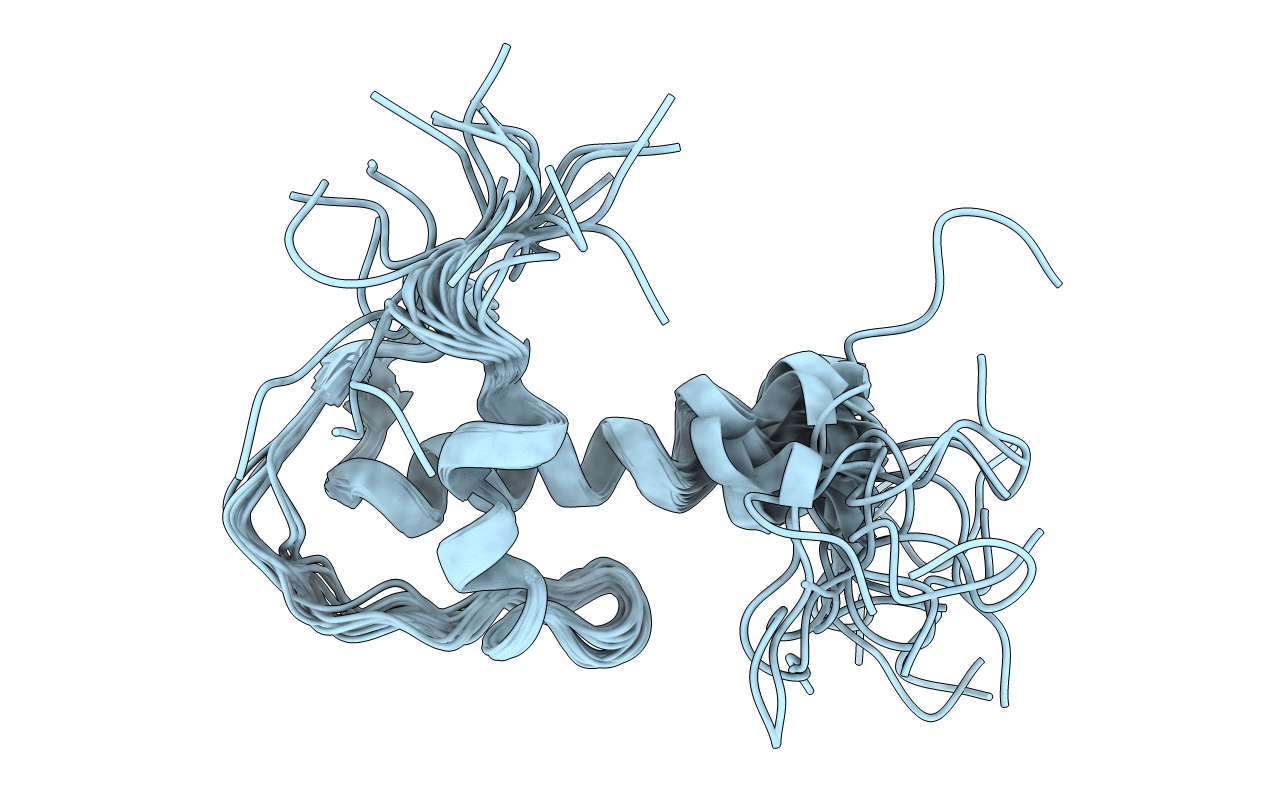
Deposition Date
2002-07-01
Release Date
2003-06-26
Last Version Date
2024-11-13
Method Details:
Experimental Method:
Conformers Calculated:
60
Conformers Submitted:
21
Selection Criteria:
LEAST ENERGY AND LEAST RESTRAINT VIOLATION


